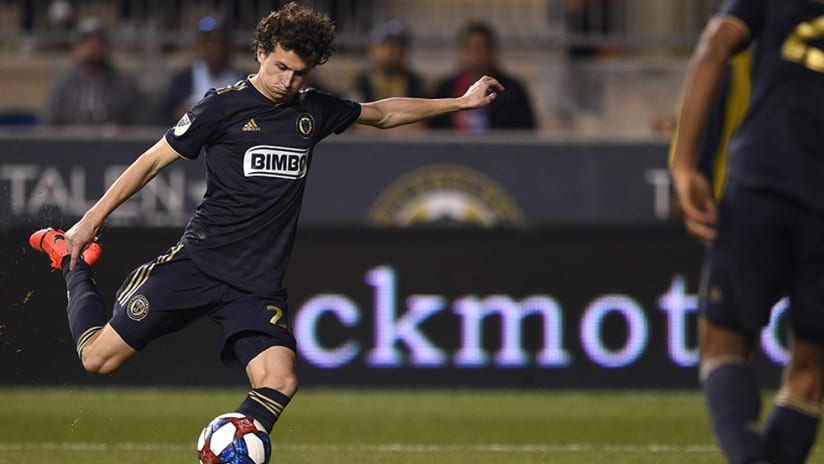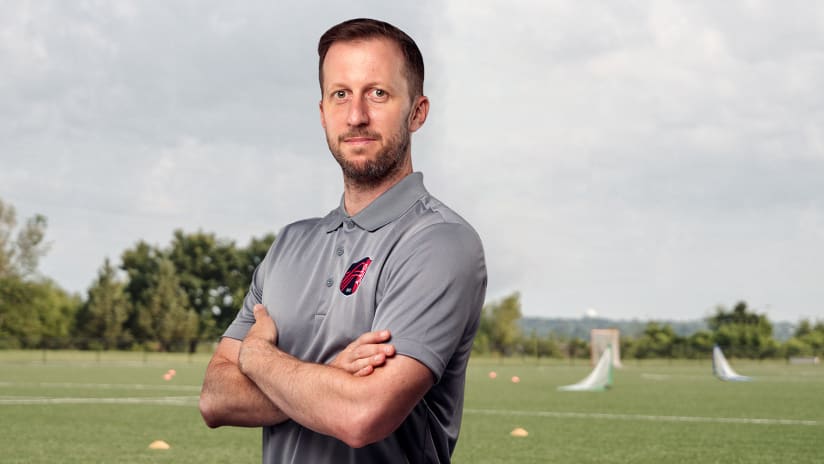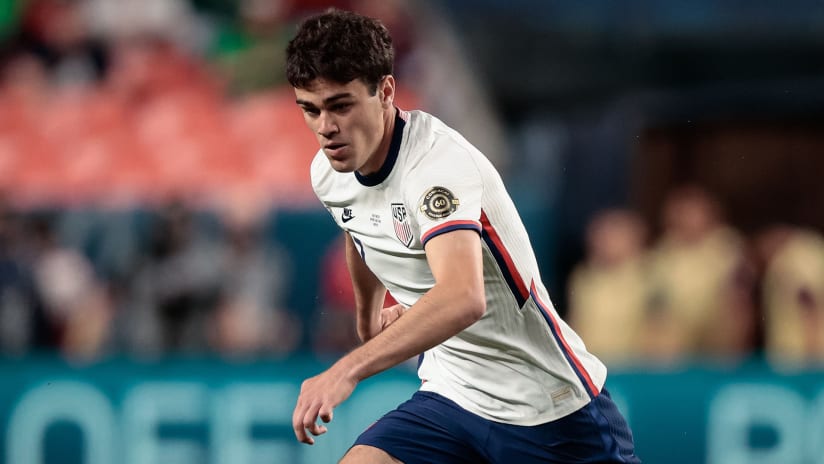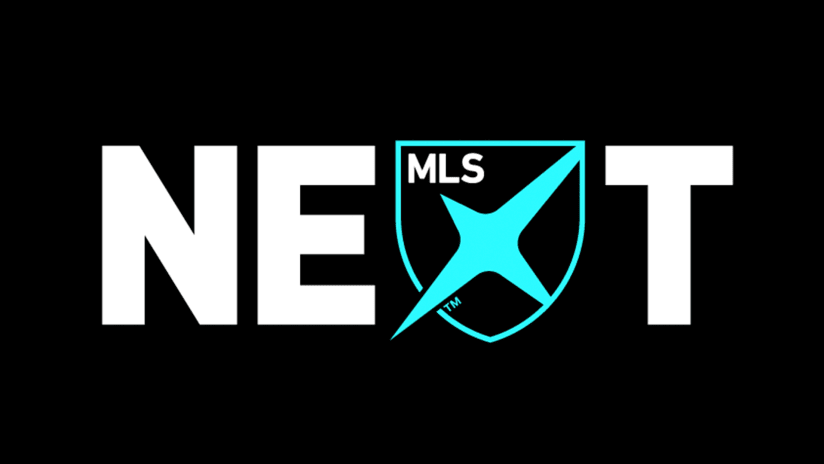We're over a month into the 2019 MLS season, and there’s already a noticeable increase in young, Homegrown talent seizing their chances on the field.
Whether it’s Paxton Pomykal at FC Dallas, Brenden Aaronson with the Philadelphia Union or Ayo Akinola at Toronto FC, Homegrowns are making an even bigger impression early on.
On the eve of the 2019 edition of the Generation adidas Cup, this wave is a reminder of progress made at MLS academies over the past few years. Measuring improvement in player development is far from an exact science, but there’s little doubt that significant investment in coaches, infrastructure, scouting and recruiting have all upped the level in various MLS markets.
“I think in every city, the clubs are looking for the best mix of ingredients to maximize their ability to bring players along,” FC Dallas vice president of youth and academy director Chris Hayden said. “It’s not a cookie-cutter plan. You can’t say what works in Dallas will work in Chicago will work in Seattle, but I think there’s good people in all those cities trying to figure out the best way to enhance what they are already doing.”
Young talent getting their shot, and delivering, wouldn’t be possible without ample behind-the-scenes work.
“This year, MLS has decided we’re [going to play] young kids, so all the academy efforts have put them in a position where they at least feel somewhat comfortable to throw kids they’ve developed out there,” said Scott Rezendes, a longtime scout and CEO of The Soccer Syndicate scouting service. “Just a year or two ago, that was unfathomable. Even better kids are coming down the pike as well.”
There are many different pieces to a player’s development. The aforementioned trio all followed similar paths: longtime members of their respective academies, raised in the region, signed as teenagers. Aaronson and Akinola each spent at least five years in the Philadelphia and Toronto academies, respectively. Both played minutes in USL as amateurs, allowing both the player to adjust to a higher level and each team’s technical staff see how they responded.
Along with beefing up infrastructure – whether it’s building locker rooms or additional training facilities, adding support staff or coaches – recruiting players from out-of-market territories has raised the level, too.
Sporting Kansas City is a prime example. Two of their most prominent US Homegrown signings are Gianluca Busio and Jaylin Lindsey, who both hail from North Carolina and moved halfway across the country to join the Sporting academy. Eventually, the US youth internationals signed Homegrown deals and are now key parts of the first team.
“The better players are figuring out a way to get to MLS academies,” SKC academy director Jon Parry said, “which I think is very important because they want to be in a better environment, be in a professional pathway, and that’s been the biggest different in regards to the talent pool has increased dramatically.”
The work that goes into recruiting those academy players and ensuring everything runs smoothly isn’t always easy, or visible.
Sporting KC have a full-time staff member, director of player care Betsy Maxfield, who works with the first team, Swope Park Rangers and the academies. Among her duties is to set up out-of-area academy players with host families, ensure a player is enrolled in school and taken care of away from the game.
Seattle Sounders FC, who recently signed out-of-territory players Trey Muse (Kentucky) and Daniel Leyva (Nevada) to the first team, also allocate similar resources. Real Salt Lake have also enjoyed success with Homegrowns and used to operate out of Grande Sports Academy, a full-time residential program in Arizona, before moving operations to Utah.
Ensuring that teenagers who move hundreds or thousands of miles away from their families is an important piece to the recruiting puzzle.
“If academies struggle or if there is difficulty raising the level, it’s more on the administrative side, in terms of if you’re recruiting kids from outside the market, it’s bringing them in and taking care of them at a level that satisfies them enough at a level to stay,” Rezendes said.
Similarly crucial in the cauldron of player development: identifying the right coaches and building a synchronized culture. Look no further than recent New York Red Bulls transfer Tyler Adams, who benefited from an organizational identity and pathway up the ranks.
Schooling also comes into play. Philadelphia and the LA Galaxy offer their own high school options, allowing players to curate a schedule around training sessions. FCD and SKC work closely with their local school districts, getting kids out of school early or into classrooms late. Online classes also allow players to keep up with coursework in a non-traditional fashion and have a flexible schedule.
Often held up as the ideal example for MLS academies to follow, Dallas started five HGPs in last weekend’s 2-1 loss to Philly. Part of that transformation has stemmed from new head coach Luchi Gonzalez. The former academy director was promoted ahead of the current campaign, and his comfort level with some of the academy products is borne out in his lineup choices.
The launch of Dallas’ USL League One team, North Texas SC, is perhaps even more substantial for the organization. Academy players can now sign Homegrown deals and get consistent professional experience if they can’t crack an MLS gameday roster.
“Our academy, because of the quality of the players and the quantity of players that we had, there was a bottleneck that made it very difficult for us to accelerate the development path of a lot of our young talent,” Hayden said. “They couldn’t start for the first team and get meaningful minutes. They were playing in an environment in the academy where it was not enough stress, having too many games that were lopsided, too many games that were not providing a real test for our top talents.”
There’s simply more time, money and support being poured into academies by most MLS teams than a few years ago. Whether that’s in the form of reserve teams in USL, fielding more teams at younger ages, or hiring more full-time coaches or support staff, much is going on behind the scenes that bears fruit on the field.
North Carolina State associate head coach Jeff Negalha has been around both the collegiate and professional game for more than a decade. A longtime assistant at the University of North Carolina, he spent a year and a half working for Orlando City SC, returning to the college coaching ranks in January 2016. The efforts made by MLS academies haven’t been lost on him as he scouts players for an ACC program.
“I’ve noticed an aggressive belief and commitment from owners who are providing an infrastructure that essentially allows growth and change in players, coaches, and staff,” he said. “Coaches and players are prepared, which relates to games being very competitive not only domestically, but against international competition. This pattern of growth allows opportunities for players with their youth national teams and ultimately helps them and their countries at the international stage.”
Players at the MLS academies will witness a measuring stick of international competition starting this weekend in Texas, at both the Generation adidas Cup and Dallas Cup. No matter how things play out, the experience is another mile marker for the unpredictable, but mostly improving process of player development.
“There’s been a huge increase in quality across the board within MLS,” Hayden said. “Some clubs are doubling down, spending even more money and time on facilities, international competition, second teams, coaching staffs, resources, with data, analytics. There’s been a lot more investment, and I don’t see that changing, except for the better.”
